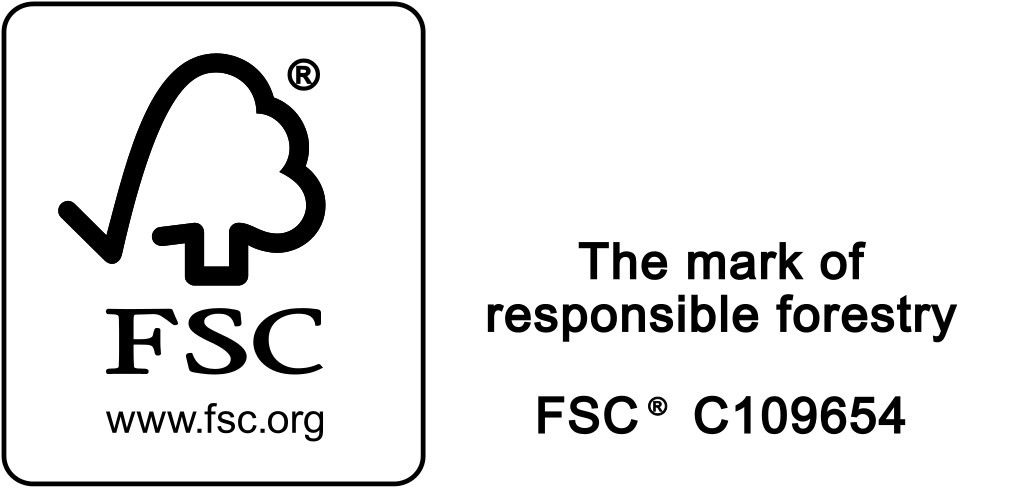
Timber Certification Regulations
When navigating the complex world of timber regulations, it’s crucial to understand the differences between various regulatory bodies. In this article, we’ll discuss three well-known organizations: EUTR (European Union Timber Regulations), FSC® (Forest Stewardship Council®), and Programme for the Endorsement of Forest Certification (PEFC).
EUTR (European Union Timber Regulations) Overview
EUTR is a mandatory regulatory framework aimed at combating illegal timber harvesting. It prohibits any involvement in the timber and timber-related product supply chain within EU member states if illegally harvested timber is detected. Violators face penalties.
For UK-based readers post-Brexit, the existing EUTR regulations have been integrated into UK law as UKTR (UK Timber Regulations).
It’s important to note that the definition of ‘illegally harvested’ timber is determined by the laws of the timber’s country of origin, which may lead to variations in compliance standards.
FSC® (Forest Stewardship Council®) Overview
Unlike EUTR, FSC® is not a set of regulations but an independent, nonprofit organization established in 1993. Its mission is to promote environmentally and socially responsible forestry management. Timber carrying the FSC® logo indicates compliance with FSC® requirements. Certification by FSC® is voluntary, and organizations must undergo auditing by an FSC® accredited certification body.
Traditionally, FSC® is considered the “gold standard” for responsible forestry management.
PEFC (Programme for the Endorsement of Forest Certification) Overview
PEFC, founded in 1999, is similar to FSC® in being a nongovernmental organization with voluntary certification rather than regulatory authority. It’s recognized as the world’s second-largest certification program after FSC®.
At the forest management level, PEFC serves as an umbrella organization, endorsing national forest certification systems. However, at the Chain of Custody (organizational auditing) level, it functions similarly to FSC®.
Comparison of EUTR, FSC®, and PEFC
EUTR Pros
EUTR Cons
FSC® Pros
FSC® Cons
PEFC Pros
PEFC Cons
Conclusion
Rather than viewing these strategies as competitive, it’s essential to see them as complementary. Ideally, a company dealing with timber should have access to EUTR-required documentation, FSC®, and PEFC certifications. While both FSC® and PEFC provide assurances of sustainable sourcing, FSC® standards are generally more rigorous and of a higher standard.
Ultimately, the goal is to combat deforestation and promote sustainable forest management. Any effort in this direction should be applauded and supported fully.
https://www.mm-karton.com/en/news-unfolded/2/eu-timber-regulation-update/
https://en.wikipedia.org/wiki/Forest_Stewardship_Council
https://en.wikipedia.org/wiki/Programme_for_the_Endorsement_of_Forest_Certification
https://www.envirosenselimited.co.uk/forestry-timber/fsc-pefc-chain-of-custody-consultancy/
https://www.confor.org.uk/media/246728/responses-to-confor-certification-survey.pdf
https://www.ebbpaper.co.uk/fsc–pefctrade-chain-of-custody.html
